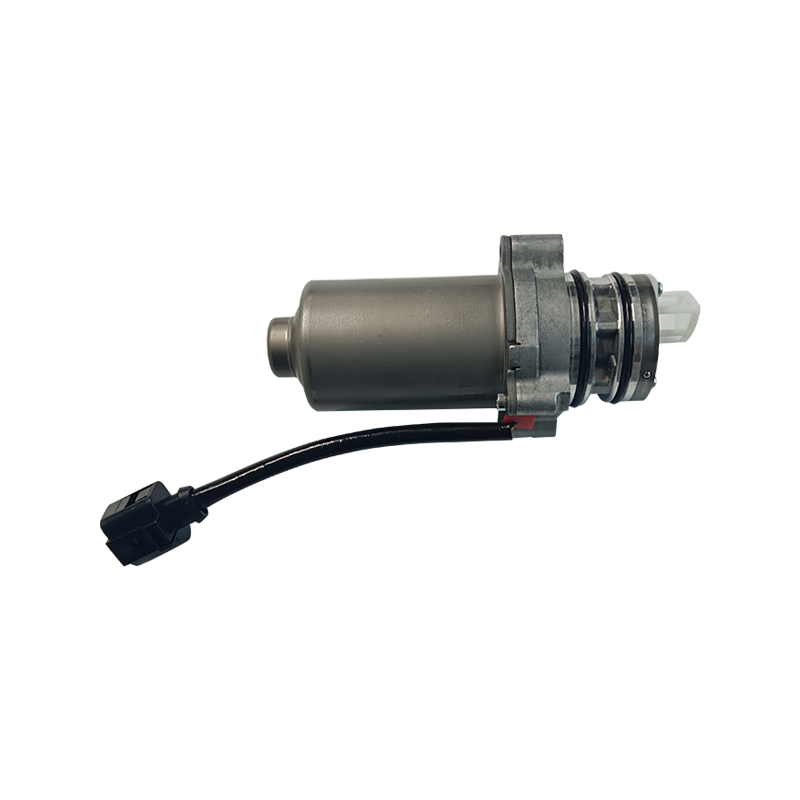BT001 Honda Accord Windshield Wiper Motor
Power Voltage 12V DC, 35W No-load Current Low speed ≦1.5A, high speed ≦2.0A No-loa...
View MoreThe Importance of Motor Protection in Oil Pump Applications
In oil transfer systems, the motor is a critical component that drives the mechanical operation of the pump. Given the continuous and sometimes heavy-duty nature of these applications, the risk of electrical overload or thermal stress is significant. Therefore, the presence of overload and overheating protection features in an Oil Pump Motor is not just a bonus but a necessary safeguard. Without such features, the motor is vulnerable to damage, downtime, and safety hazards caused by overcurrent, excessive temperature rise, or stalled operation under heavy loads.

What Overload Protection Entails and Why It Matters
Overload protection refers to the motor’s ability to detect and respond to current levels that exceed its rated capacity for prolonged periods. In oil pump systems, overload can result from increased fluid viscosity, mechanical blockages, or pump misalignment. Without protection, sustained overcurrent can damage the windings, reduce insulation integrity, or even cause the motor to burn out. Motors equipped with overload protection typically use thermal overload relays, electronic current sensors, or built-in motor protection units that automatically cut off power when overload conditions are detected, preventing costly damage.
Understanding Overheat Protection in Oil Pump Motors
Overheating can occur independently of electrical overload, especially in high-temperature environments or where ventilation is inadequate. Overheat protection ensures that the motor is monitored for unsafe temperature rises, typically through embedded thermal sensors or temperature switches. Once the internal temperature exceeds safe limits, the protection mechanism either triggers an alarm or shuts down the motor until it cools down. This is especially important for continuous-use Oil Pump Motors, as prolonged exposure to heat can degrade motor components, lubricants, and insulation, compromising long-term performance and safety.
Integrated Protection Mechanisms in Modern Motor Designs
Today’s high-quality Oil Pump Motors often come with integrated protection features as standard or optional specifications. Many include dual protection systems—one for electrical overload and another for thermal monitoring. Smart motor controllers or drives may provide real-time feedback and diagnostics, allowing operators to monitor load conditions and motor temperatures remotely. Additionally, motors may be designed with self-resetting thermal protectors, manual reset options, or programmable limits based on application needs. These protective designs contribute to greater automation and peace of mind in critical operations.
How to Ensure Protection Features Are Present and Functional
When selecting or inspecting an Oil Pump Motor, it is important to verify whether it includes adequate protection mechanisms. Product specifications, datasheets, and technical manuals often list these features explicitly. Certifications such as IEC, UL, or NEMA ratings can indicate compliance with protection standards. For motors already in operation, regular testing of overload relays and thermal sensors ensures that protection systems are functioning correctly. Integration with motor control centers (MCCs) or automated monitoring systems further enhances protection by offering alerts and real-time diagnostics.
Conclusion: Protection Features Are Essential for Reliable Motor Operation
Whether used in industrial or commercial settings, an Oil Pump Motor must be equipped with overload and overheating protection features to ensure safe and reliable operation. These mechanisms guard against common failure modes that can damage equipment, disrupt operations, or pose safety hazards. Modern motor designs often include advanced protective features as standard, and choosing such models is a wise investment for any organization prioritizing performance, safety, and long-term value.